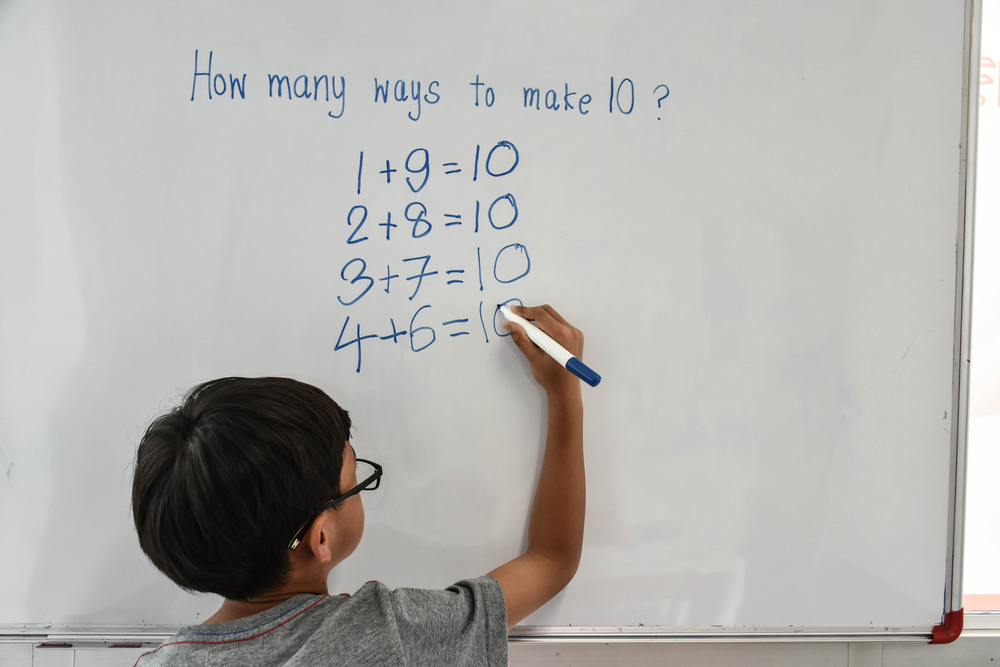Money Worksheets for Ages 4-8
16 filtered results
-
From - To
Discover engaging Money Worksheets designed specifically for young learners aged 4 to 8! Our resources help children develop essential money comprehension skills, including recognizing coins, counting currency, and understanding basic transactions. With fun illustrations and interactive activities, kids will enjoy learning about money while building confidence in their math abilities. These worksheets cater to various learning styles, ensuring an inclusive educational experience. Perfect for classroom use or at-home learning, our printable money worksheets make lessons enjoyable and effective. Start teaching your child about money management and counting today, and lay the foundation for financial literacy in a playful way!
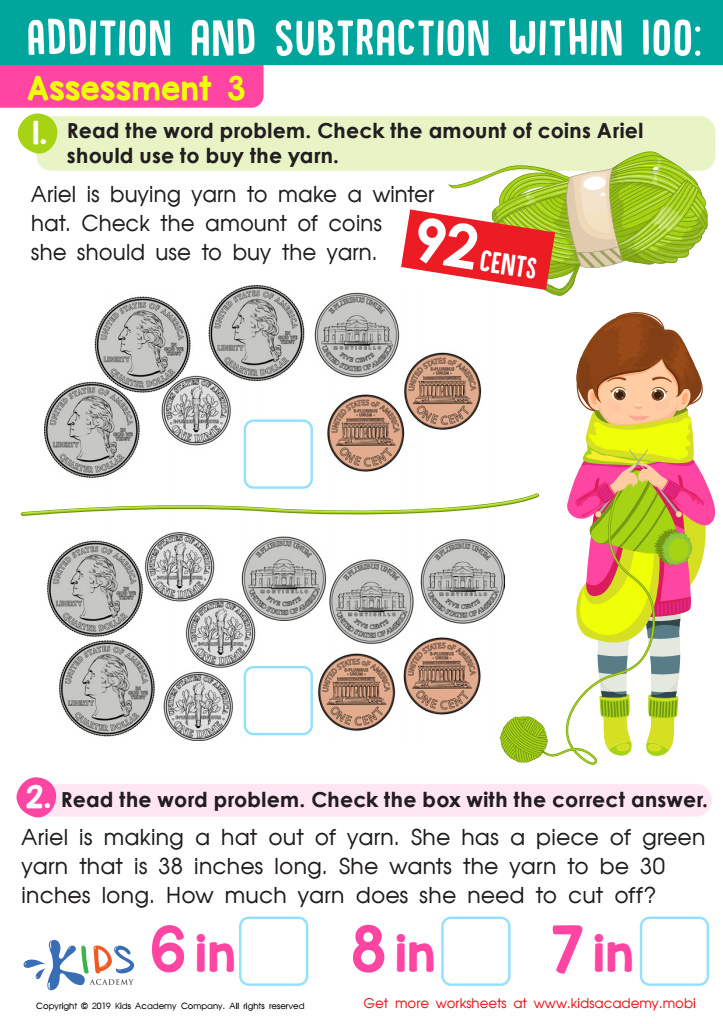

Assessment 3 Math Worksheet
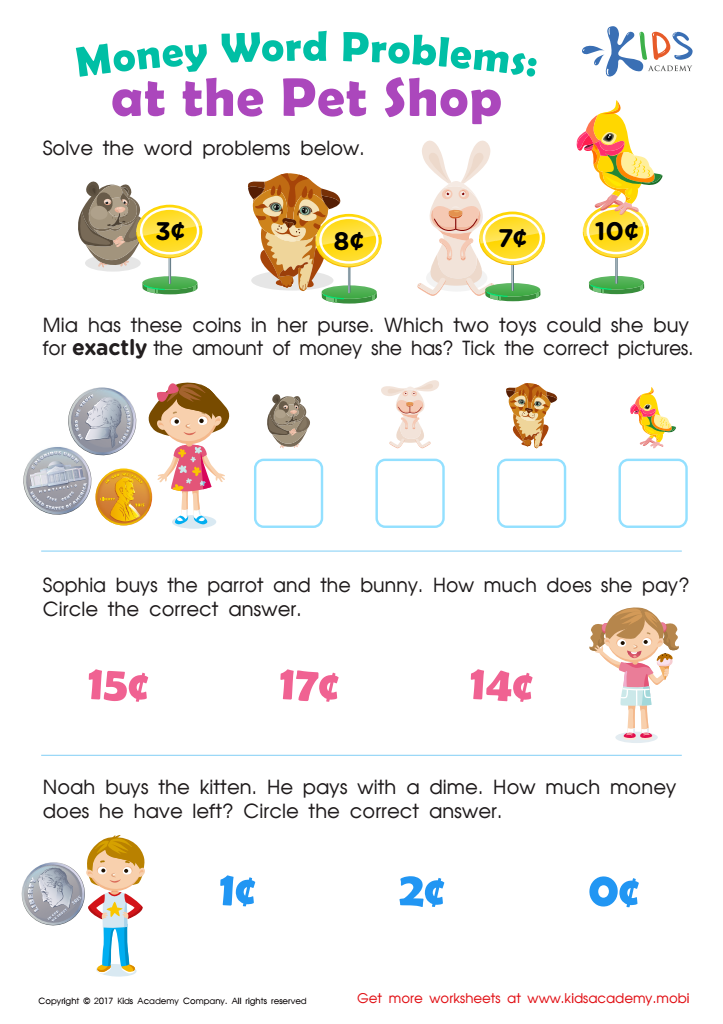

Pet Shop Worksheet
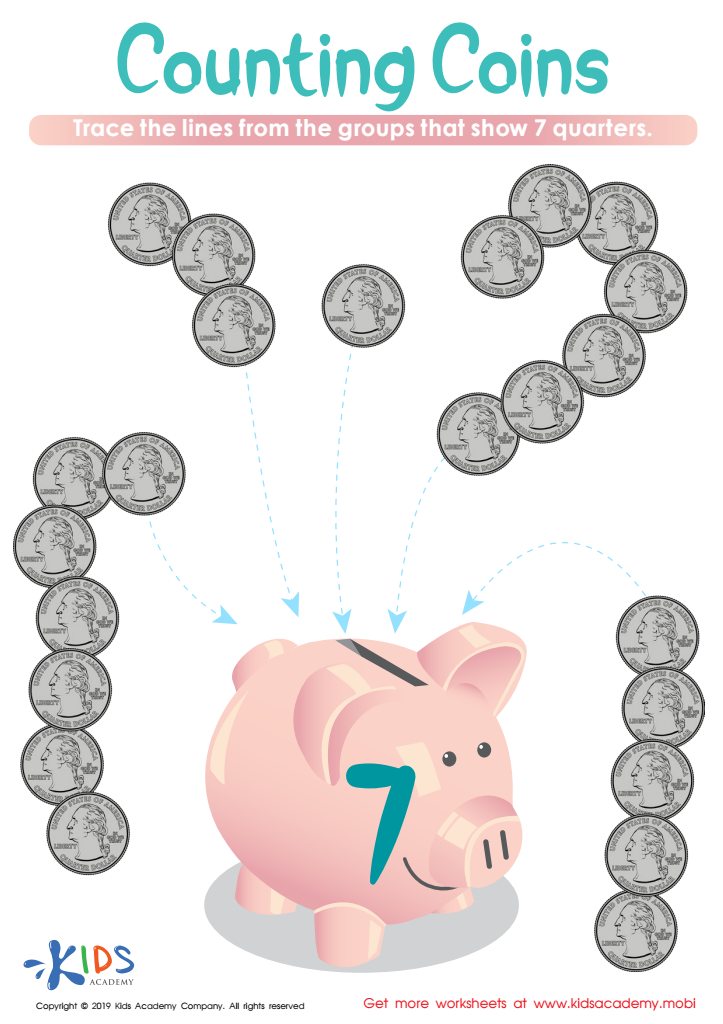

Counting Coins Worksheet
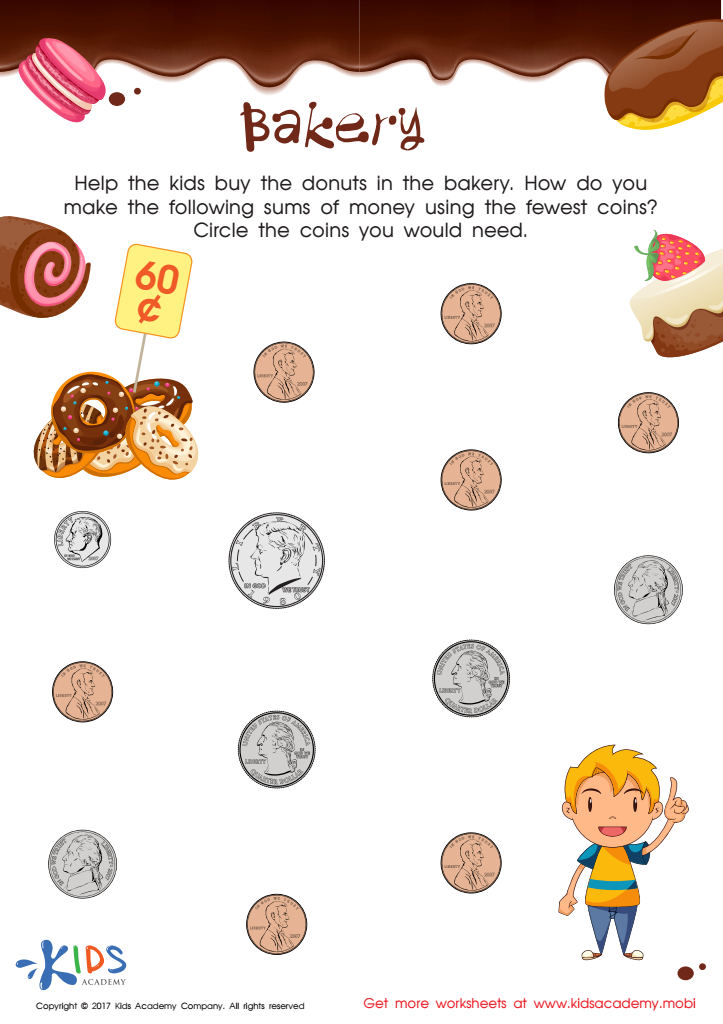

Counting Coins Worksheet


How Many Coins Money Worksheet
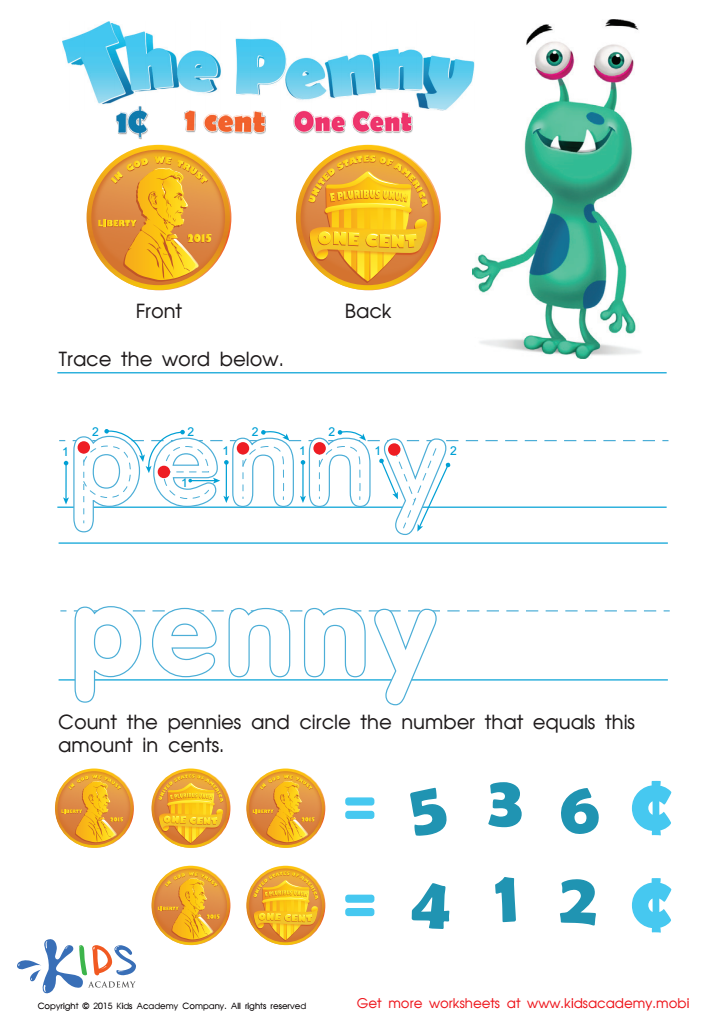

One Cent or the Penny Money Worksheet
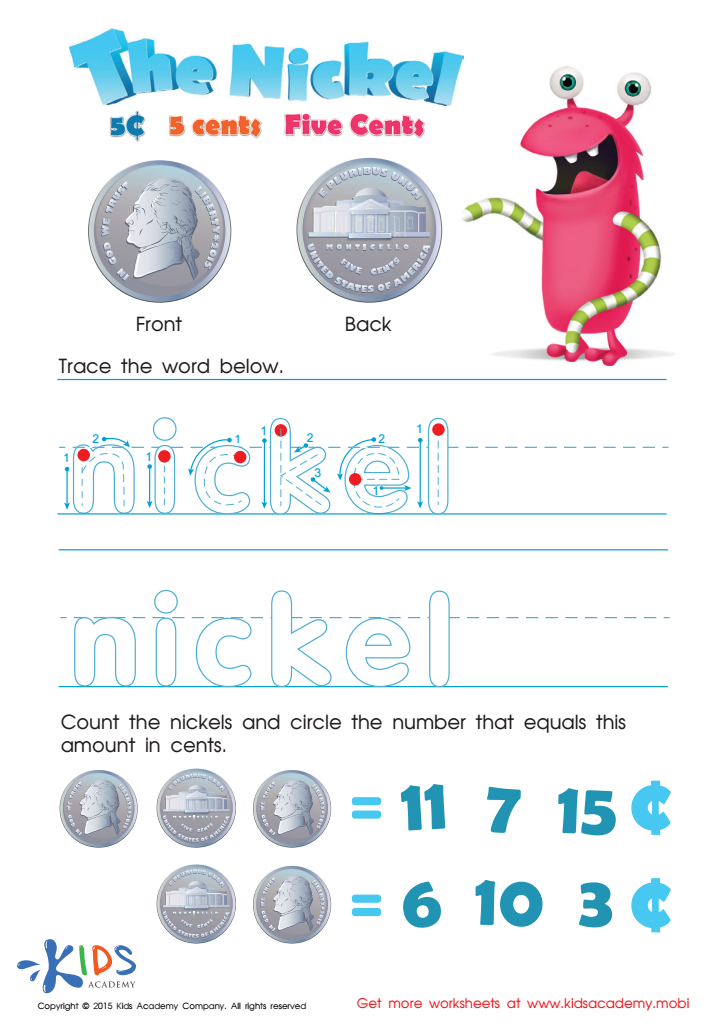

Five Cents or the Nickel Money Worksheet
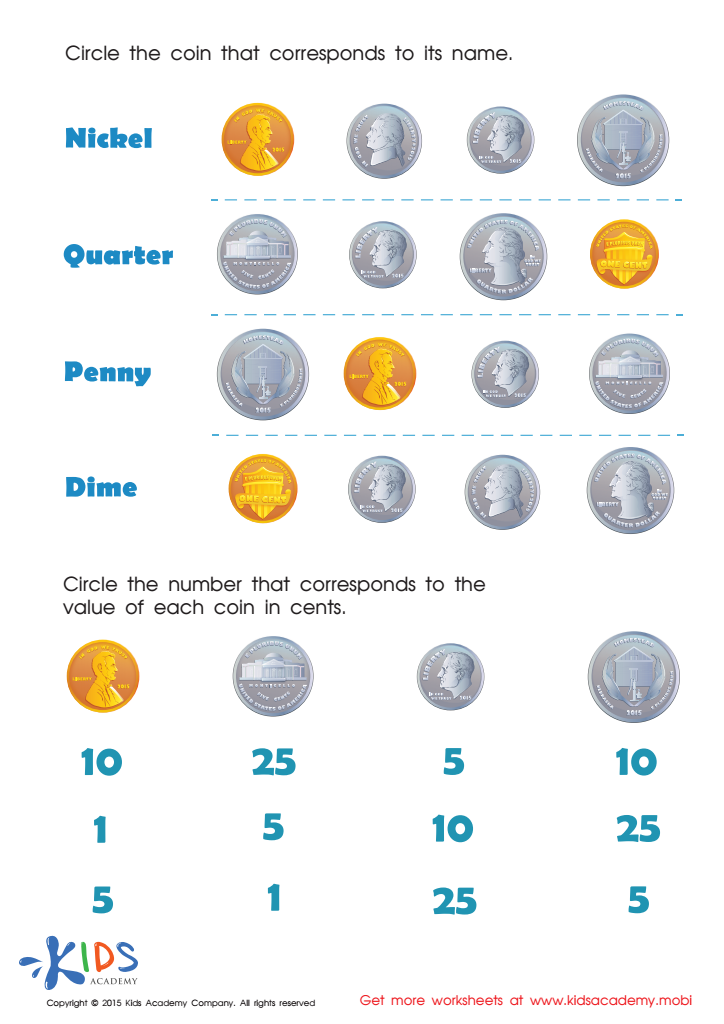

Coin Names and Values Money Worksheet
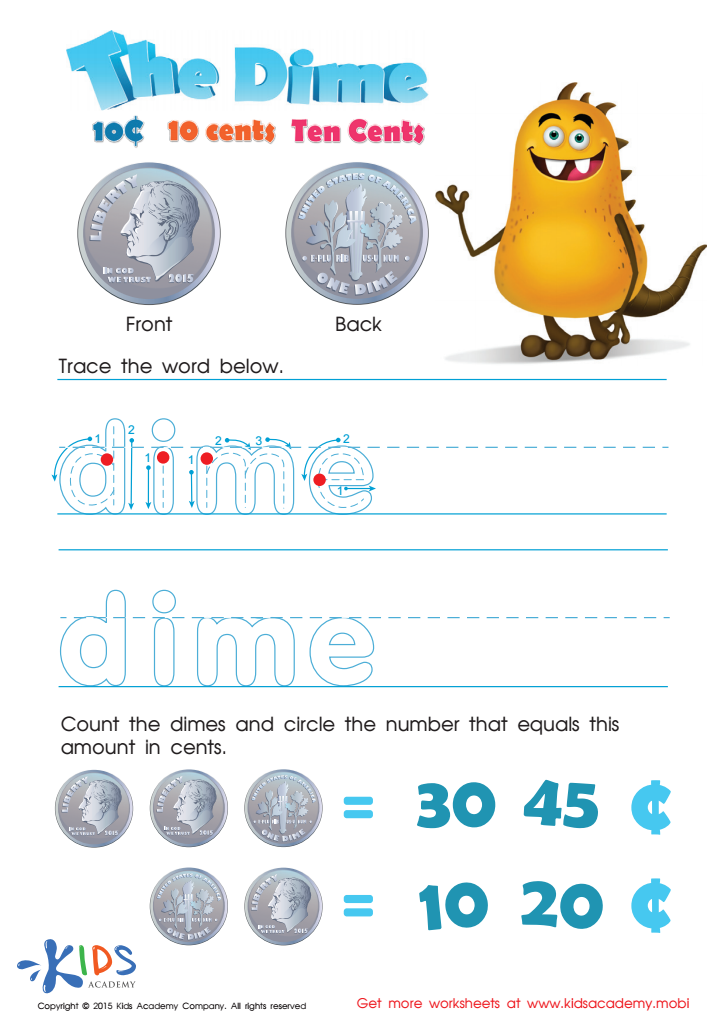

Ten Cents or the Dime Money Worksheet


Counting the Coins Money Worksheet
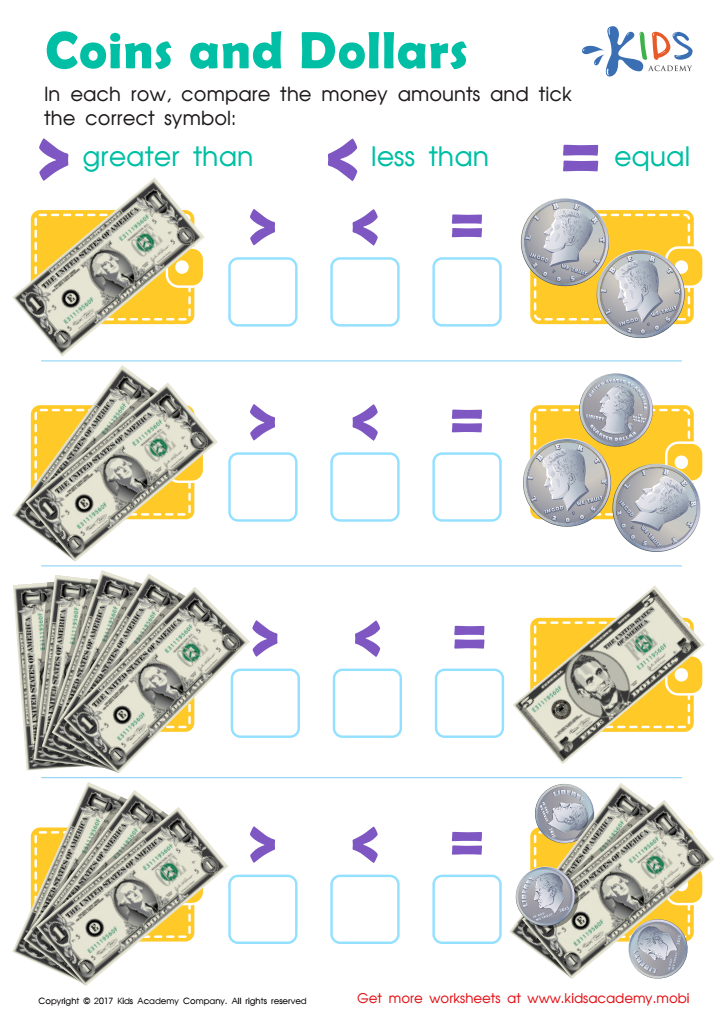

Money: Coins Dollars Printable


Picking the Coins You Need Money Worksheet
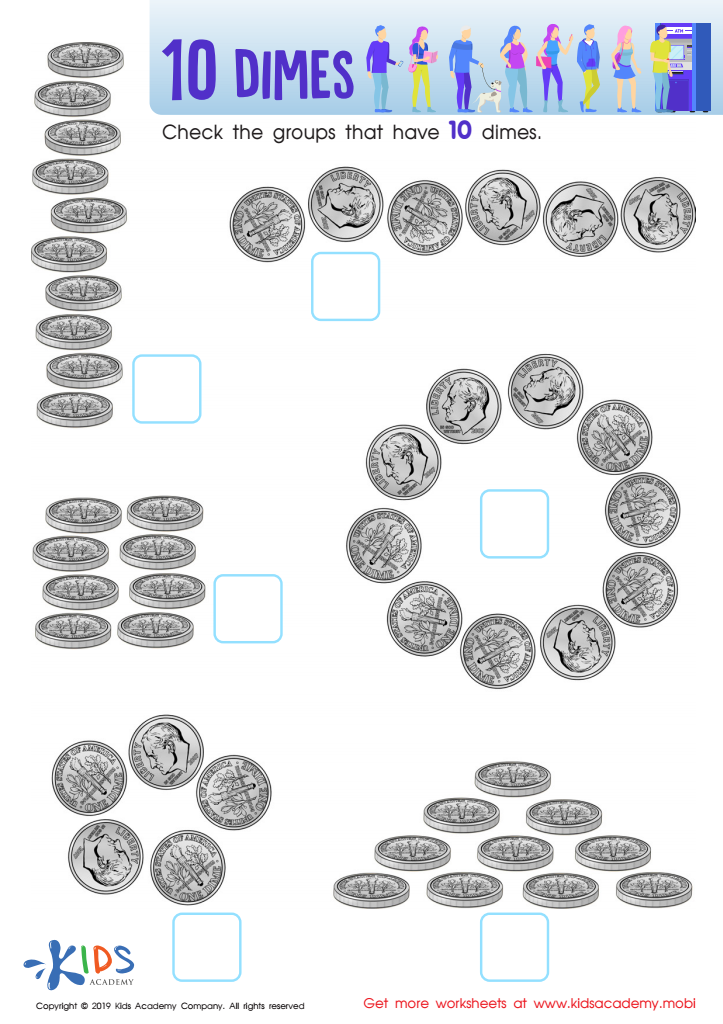

10 Dimes Worksheet
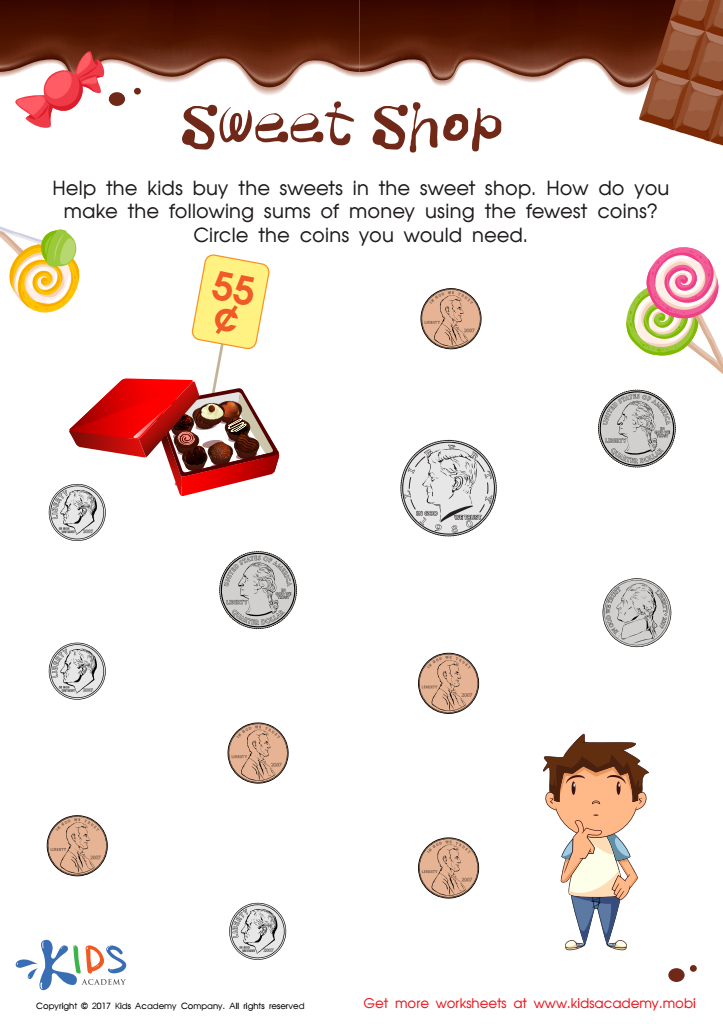

Sweet Shop – Counting Coins Worksheet
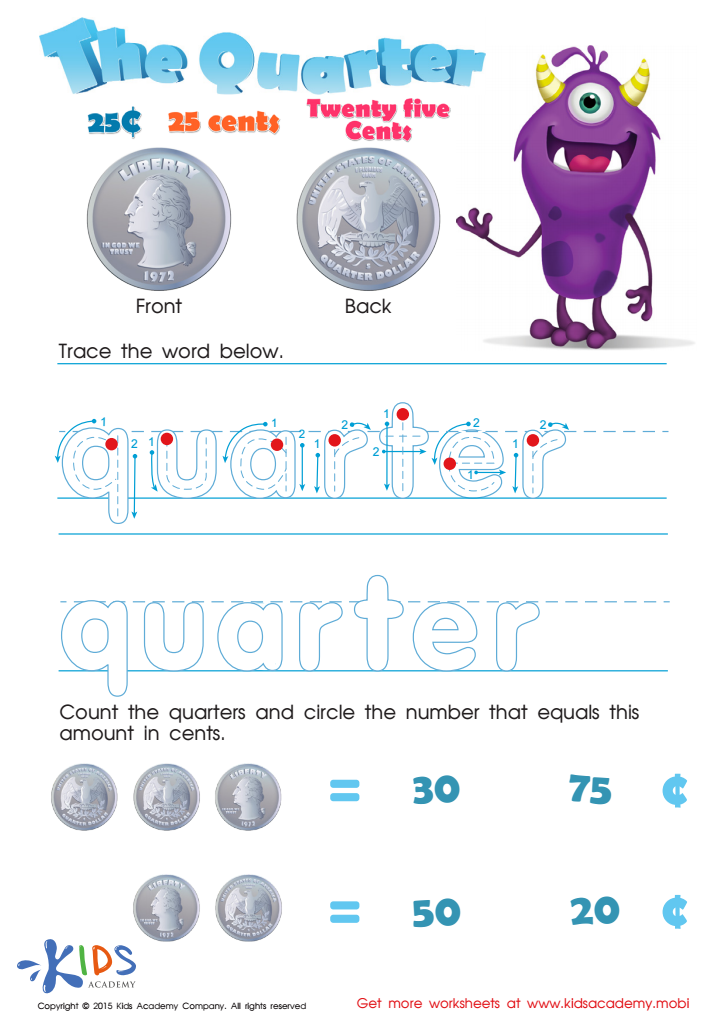

Twenty Five Cents or the Quarter Money Worksheet
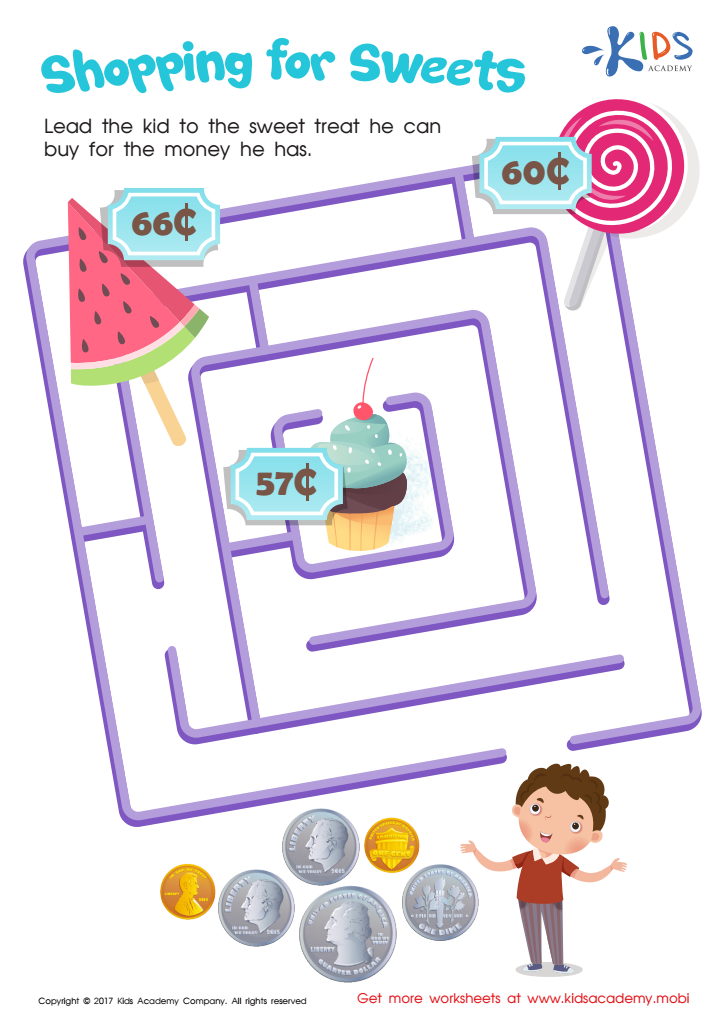

Shopping for Sweets Worksheet
Understanding money is crucial for children aged 4-8, as it lays the groundwork for their financial literacy and decision-making skills in the future. During these formative years, children begin to grasp basic concepts of value and exchange. Introducing money in a fun, engaging manner helps them understand how it works, such as identifying coins, comprehending costs, and recognizing the importance of saving.
Parents and teachers play pivotal roles in nurturing these skills. By discussing money-focused topics or incorporating interactive activities, such as pretend play with a "store," they create a practical understanding of financial transactions. Early lessons about saving, spending, and sharing help children develop responsible habits that will serve them throughout their lives.
Moreover, understanding money instills confidence and a sense of independence. When children learn about making choices with finances, they become more empowered and informed individuals. As they grow, these foundational skills will contribute to their ability to manage personal finances, understanding budgets, and making sound financial decisions as adults.
In essence, fostering an early grasp of money encourages responsible citizenship and prepares children for future economic challenges, making it essential for parents and teachers to engage in this critical area of learning.

 Assign to My Students
Assign to My Students









.jpg)
